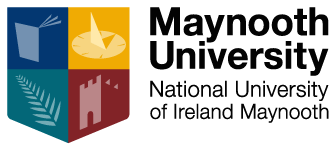Field Anthropology – Uncovering the Archaeology of Conflict and Colonisation
SUMMARY
The Irish Archaeology Field School (IAFS) provides a unique two-week program, in partnership with Maynooth University, to give students a hands-on orientation of archaeological field techniques and field anthropology, including key archaeological skills in survey, excavation and post-excavation analysis.
The diversity of this course allows students to understand the significance of an archaeological site, specifically the Ferrycarrig ringwork (one of the first Anglo-Norman castles constructed in Ireland in 1169AD/CE), within its heritage setting in general, and that of the medieval landscape of Wexford in particular.
The course, delivered by some of the foremost archaeological experts in Ireland, integrates field excavation and practical laboratory sessions with cultural heritage excursions to provide students with a unique academic enrichment and cultural heritage experience of Ireland.
What: Physical Anthropology School offering 7.5 ECTS (3-4 US semester credits)
When:
- Winter 2022: January 19th to February 2nd (note the mid-week start).
- Summer 2022 : Sunday July 10th to Saturday Julu 23rd.
(see here for more details on January programme dates and here for June programme dates)
Where: Wexford and the Irish National Heritage Park (at the Carrick Ringwork and Castle)
Who: Open to Maynooth University and international students looking to gain hands-on field experience. Also open to non-students who are over 18 years of age.
How much: €1975
Living and Culture: Please see our partner’s information HERE
Assessment and Learning: Please see the program brochure HERE
